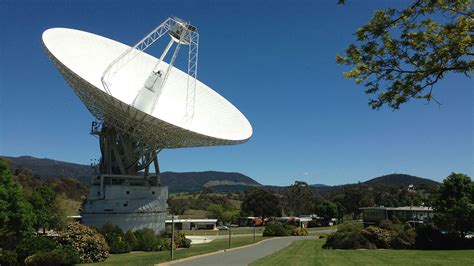Connecting with Voyager 1, a spacecraft launched in 1977 and now over 14 billion miles away from Earth, is no small feat. The question of how many photons are received per bit of data transmitted from Voyager 1 is engrossing and highlights the incredible technological achievements underlying space exploration. Understanding this mechanism not only provides insight into deep space communication but also reveals the intricate physics and engineering principles at play.
The basic premise involves Voyager 1 sending bits of data encoded in photons via radio waves back to Earth. The process may seem straightforward, yet it’s fraught with complexities due to immense distances, energy constraints, and the relentless cosmic noise that can interfere with signal clarity. According to the data, Voyager 1 transmits at a rate of 160 bits per second, but those bits are encoded, requiring a deeper dive into how these signals are processed and decoded.
At its core, the technology relies on sophisticated modulation and error correction techniques. For instance, the usage of convolutional codes and Reed-Solomon error correction methods play a crucial role, as highlighted by a commenter mentioning that the effective data rate can be as low as 140 bps due to encoding-related adjustments. This means that while only around 1500 photons are received per bit at the ground stations, the data’s integrity is retained through significant error correction measures.
Additional factors, such as antenna directionality and energy constraints, further complicate the scenario. The directional antenna on Voyager 1, precisely aligned, ensures that the sparse photons get funneled towards Earth’s massive receiving dishes. These dishes, part of NASA’s Deep Space Network, are so sensitive that they can detect the few photons that make the interstellar journey. This directs us toward an impressive feat of engineering where the combination of exact physics and innovative engineering converges to facilitate what seems like an improbable task.
What about pushing the boundaries of how far data can be transmitted? One insightful comment discussed the Shannon-Hartley theorem’s constraints, which posits limits based on noise levels and bandwidth. However, techniques such as beam-forming, increased dish sizes, and longer data acquisition times have been suggested to stretch these boundaries. A fascinating point brought up was the potential to deploy relays or larger arrays of dishes to capture more signals coherently, combating noise more effectively.
While the communication technology of Voyager 1 is archival by today’s standards, it underscores vital lessons still applicable to modern and future space missions. Current discussions revolve around using laser communication (optical communication), which offers higher efficiency and bandwidth compared to traditional radio waves. Yet, challenges such as alignment precision and atmospheric interference present their own set of hurdles to overcome in transitioning from theoretical models to practical applications.
Interestingly, commenters also touched on the concept of quantum limits on communication. The nature of photons, wave-particle duality, and quantum mechanics play significant roles in understanding how information can be encoded and transmitted at such minuscule scales. Photons, as quantum entities, offer insights into more efficient ways of data encoding beyond classical limits, potentially guiding future technological advancements.
Lastly, it’s worth noting the context of these technological discussions in the backdrop of ongoing space missions. Projects like the Deep Space Optical Communication (DSOC) aim to pioneer laser-based data transmission, showing a promising direction for enhanced deep space communication. The endeavor to balance practical engineering with theoretical optimism continues to push the limits of how we understand and interact with the farthest corners of our universe. Taking inspiration from Voyager 1’s successful communication strategy, future missions can blend vintage brilliance with cutting-edge innovations to traverse the vast interstellar medium effectively.


Leave a Reply